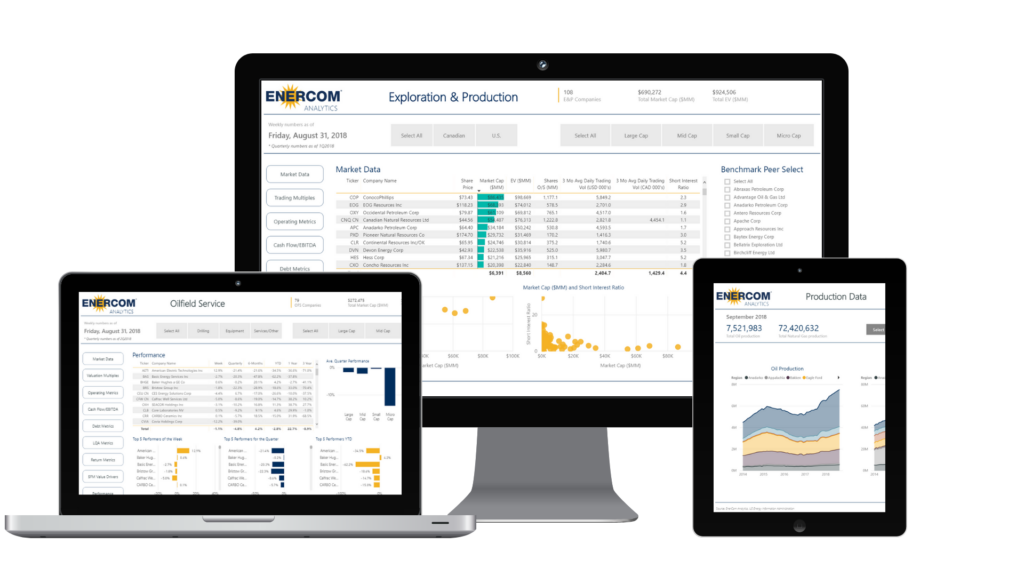From S&P Global/Platts
Washington — Top US energy and agriculture officials will return to China next week for the latest round of trade talks that could signal whether crude and LNG flows will pick up between the two countries this year or remain mired in the dispute.
The talks come just two weeks before the next potential round of tariff escalation.
No U.S. crude oil to china since August
US crude exports to China disappeared in August, with none reported through November, according to the latest US Energy Information Administration data. The flows were a casualty of the trade war even though China did not impose a new tariff on crude.
Before exports dried up, the US sent an average of 377,600 b/d to China in the first seven months of 2018, according to EIA data. The all-time highest monthly average was 510,000 b/d in June.
US LNG shipments to China stopped in September when Beijing imposed a 10% tariff on the flows and threatened to increase the tariff to 25% in retaliation to Trump administration tariffs on $200 billion in Chinese goods. US LNG flows to China returned in October and November but at lower levels than earlier in the year.
The US sent 7.3 Bcf to China in October and 6.6 Bcf in November, compared with a 2018 monthly peak of 17.5 Bcf in April and 2017 monthly peak of 24.6 Bcf in October 2017, according to EIA data.
The White House said Friday that deputy-level talks would start Monday in Beijing, followed by high-level talks February 14-15 attended by US Trade Representative Robert Lighthizer and Treasury Secretary Steven Mnuchin.
The delegation includes Steven Winberg, the Department of Energy’s assistant secretary for fossil energy; Ted McKinney, the Department of Agriculture’s undersecretary for trade and foreign agricultural affairs; and other officials from the Treasury, Agriculture, Commerce and Energy departments.
Kevin Book, managing director of ClearView Energy Partners, expects some form of trade escalation when the 90-day truce ends March 1.
He said crude and LNG shipments will be one of the first signs of where the broader talks are heading.
“Absent outward indicators, a flotilla of US hydrocarbons heading to China may augur trade truce, and a lack of cargoes could point to trade trouble,” Book said in a recent report.






